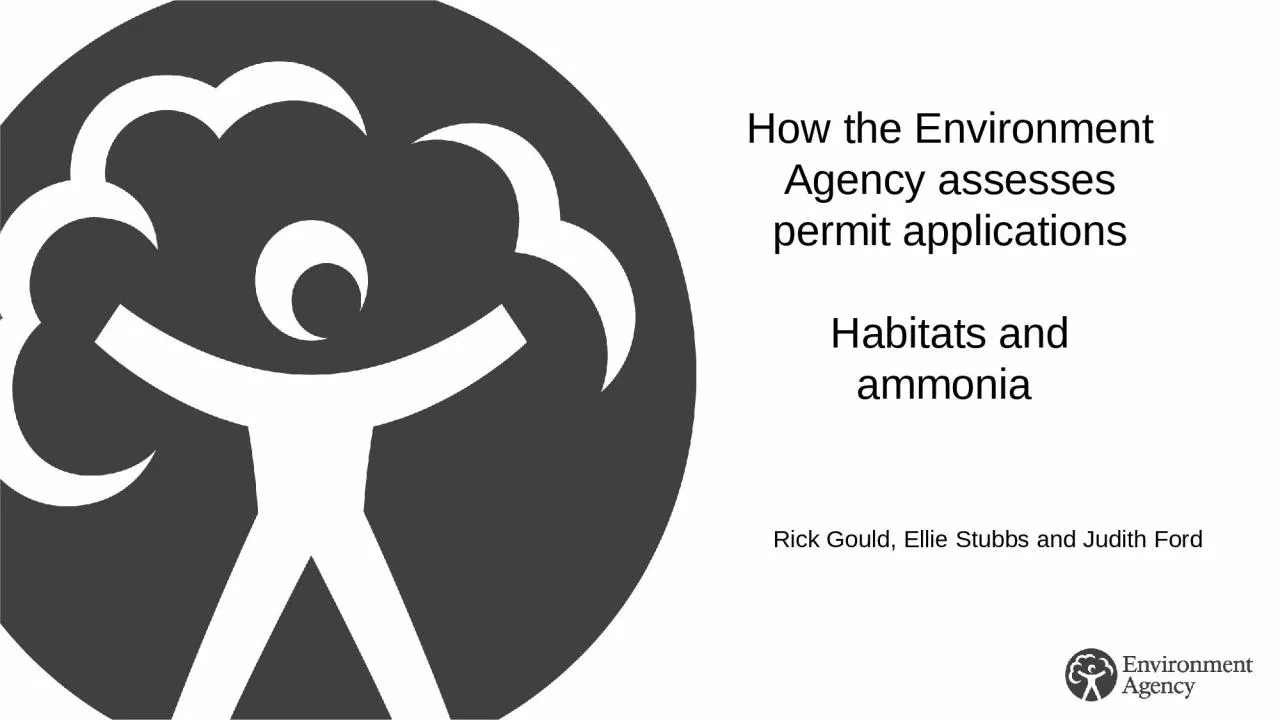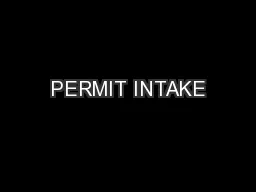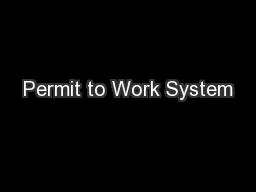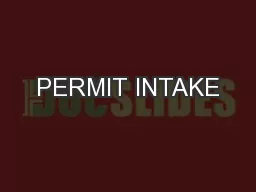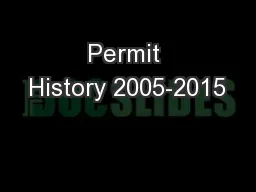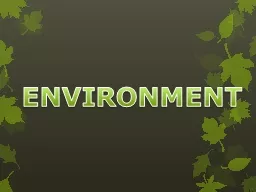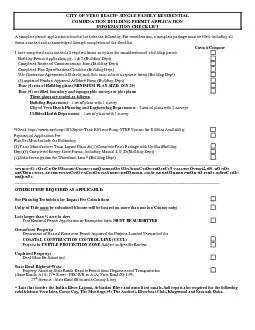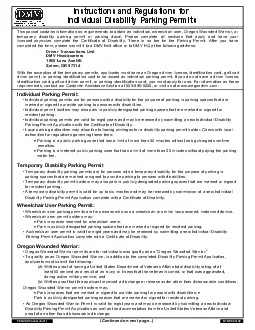PPT-How the Environment Agency assesses permit applications
Author : bethany | Published Date : 2023-10-27
Habitats and ammonia Rick Gould Ellie Stubbs and Judith Ford Outline Background Emissions sources of ammonia and pattern of emissions The installations that we
Presentation Embed Code
Download Presentation
Download Presentation The PPT/PDF document "How the Environment Agency assesses perm..." is the property of its rightful owner. Permission is granted to download and print the materials on this website for personal, non-commercial use only, and to display it on your personal computer provided you do not modify the materials and that you retain all copyright notices contained in the materials. By downloading content from our website, you accept the terms of this agreement.
How the Environment Agency assesses permit applications: Transcript
Download Rules Of Document
"How the Environment Agency assesses permit applications"The content belongs to its owner. You may download and print it for personal use, without modification, and keep all copyright notices. By downloading, you agree to these terms.
Related Documents

